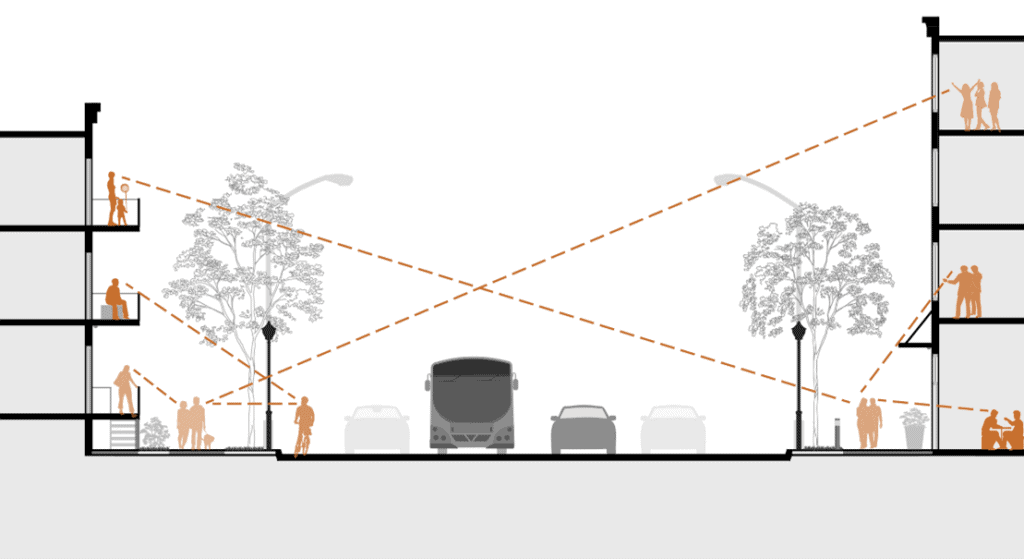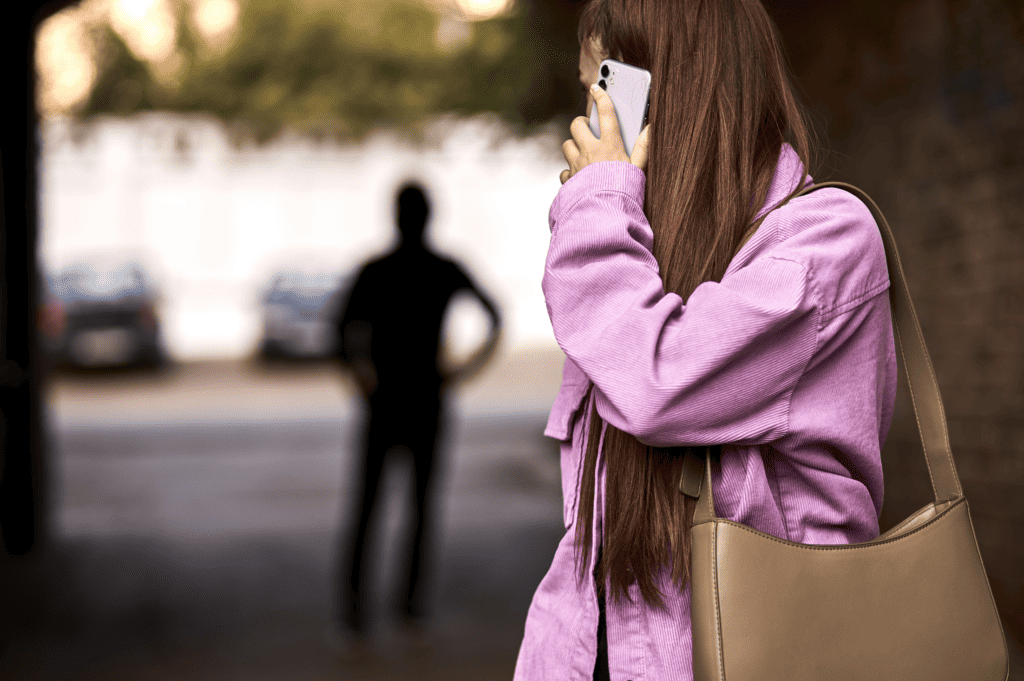Part of our Planning Team, Emily Anderson looks at how planners can reduce fear of crime in our cities, and how environmental design principles can help make our urban spaces safer and more inclusive.
Although it may not be thought about in our daily lives, the way in which different groups of people experience the city varies dramatically. Women, and those who identify as either women or non-binary, are one of these groups.
Since the late 1980s, research on how women experience the built environment and how this impacts their fear levels has steadily increased; this research includes my own Master’s Dissertation on how media impacts women’s fear of crime in the city, and how urban planning can reduce this fear. Many academics and researchers have found that women are more likely to adapt their routes through where they live, particularly at night, due to a fear of crime (Pain, 1991; Valentine, 1989). More recently, movements such as Reclaim the Night and Reclaim the Streets have sought to bring attention to the fear that women experience in the public domain.
Research has shown that darker spaces, the reputation of the area, and a lack of surveillance are features of an urban area which have been shown to cause an increase in fear in women. As planners, we can help reduce some of the fear that women and other marginalized groups experience in cities and towns. Greater Manchester Police have pioneered a theory of “Crime Prevention Through Environmental Design” (CPTED) which comprises of five principles:
- Physical security
- Surveillance
- Movement control
- Management and maintenance
- Defensible space (Greater Manchester Police, n.d.)
When contributing to the design stage of a project, whether it be a large housing development or a regeneration scheme in a town or city centre, planners should make sure that the five principles of CPTED have been considered. Examples of this could include the use of natural surveillance, whereby the users of the streets can be seen from residential or shop/office windows, as well as other people on the street.

Surveillance, either through CCTV or natural, could also be enhanced through the addition of street lighting, especially in darker areas such as alleyways and underpasses, and any areas which had a reduced amount of footfall.
Through the incorporation of the design features mentioned above, as well as the inclusion of different groups of people in the consultation process, we can help make our cities and towns more inclusive and safer for all who use them.
Emily Anderson, Planner, Planning & Design Practice Ltd
Urban design is about making better places and creating communities. It is about creating healthy communities that support well being where people want to live and be proud of, where houses, jobs, school, shops and community facilities are brought together.
Urban design has a key role in tackling climate change, in making future places more robust to withstand the impact of climate change and adaptable as conditions change. At Planning & Design Practice we have a talented group of planners and urban designers who can work with you to create outward looking inclusive designs which will be supported by Local planning Authorities.
For more information on our team and our services, or for a no obligation consultation to discuss your project please contact us on 01332 347372 or email enquiries@planningdesign.co.uk.



